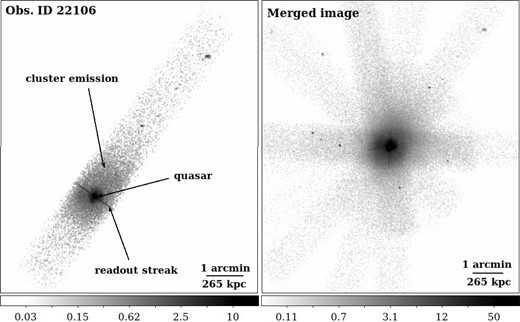2024-03-21 ペンシルベニア州立大学(PennState)
<関連情報>
- https://www.psu.edu/news/research/story/satellite-data-assimilation-improves-forecasts-severe-weather/
- https://agupubs.onlinelibrary.wiley.com/doi/full/10.1029/2023GL106602
マイクロ波全天放射輝度同化による悪天候予測の強化: 2020年8月10日の中西部デレッチョ Enhancing Severe Weather Prediction With Microwave All-Sky Radiance Assimilation: The 10 August 2020 Midwest Derecho
Yunji Zhang, Xingchao Chen, David J. Stensrud, Eugene E. Clothiaux
Geophysical Research Letters Published: 22 January 2024
DOI:https://doi.org/10.1029/2023GL106602

Abstract
In this study, we assimilated microwave (MW) all-sky radiances from low-Earth-orbiting satellites and examined their impact on the analyses and forecasts of weather hazards associated with the 10 August 2020 Midwest derecho. Compared with the baseline that assimilated conventional surface and upper-air observations and infrared (IR) all-sky radiances from geostationary satellites, the addition of MW all-sky radiances improved the analyzed and forecasted convection-stratiform structures of the derecho. Results show that MW all-sky radiances provided additional information, compared with IR radiances, on hydrometeors within the storm, leading to improved forecasts out to 2 hr with quantitatively more accurate surface gusts. This is the first study to assimilate MW all-sky radiances for a severe weather event using a convection-permitting numerical weather prediction model (our model resembles NOAA’s High-Resolution Rapid Refresh), and the results suggest promising avenues for improving severe weather forecasts worldwide in the future.
Key Points
- Microwave (MW) all-sky radiances are impacted by hydrometeors within clouds, complementing cloud-top dominated infrared all-sky radiances
- Assimilating MW all-sky radiances leads to improved storm structure in the analyses of the 10 August 2020 Midwest derecho
- With improved depiction of the derecho’s structure, accurate gust forecasts are obtained 2 hr earlier
Plain Language Summary
Satellite observations are the backbone of modern weather forecast operations, especially for severe weather monitoring and prediction. However, they are also severely underutilized by computer weather models. Many satellite observations impacted by clouds and precipitation are not used in these models, despite their ability to characterize important features of ongoing severe weather events. This study focuses on satellite observations at microwave (MW) frequencies that are impacted by clouds and precipitation. We explore their potential benefits by incorporating them into a computer weather model using data assimilation and examining their impact on severe weather forecasts. We utilize the 10 August 2020 Midwest derecho that produced extensive wind damage as a case study. Because these MW observations contain contributions from precipitating particles within the derecho, assimilating these observations yields better depictions of the derecho structure in the computer model. Consequently, more accurate forecasts of surface gusts are produced. The results of this study suggest a promising avenue for improving severe weather forecasts worldwide in the future, especially for regions that lack the resources and infrastructure to support high-spatiotemporal-resolution weather observations.



